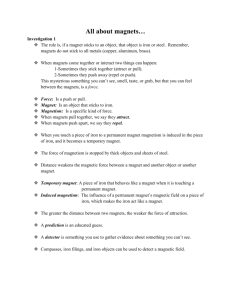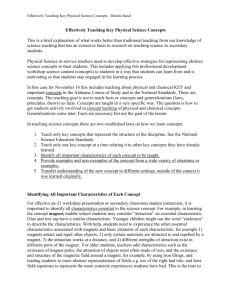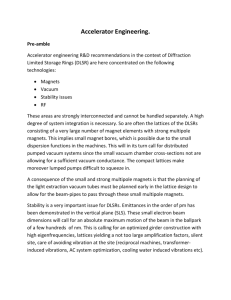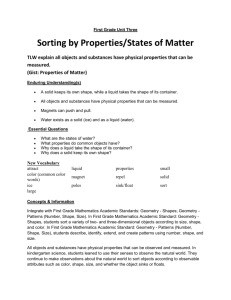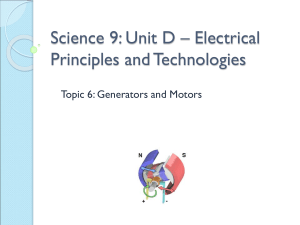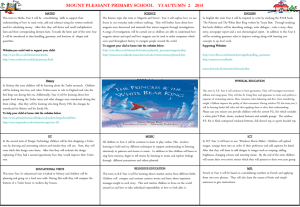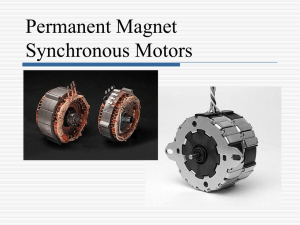Magnets
advertisement
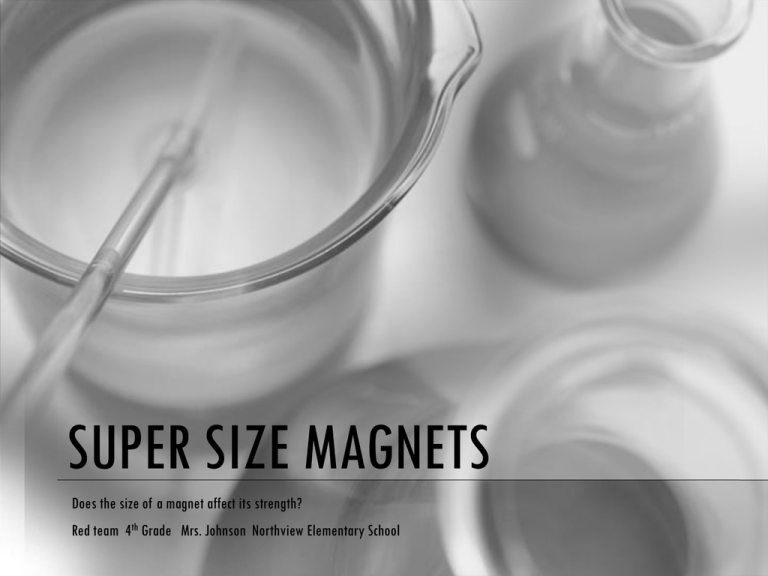
SUPER SIZE MAGNETS Does the size of a magnet affect its strength? Red team 4th Grade Mrs. Johnson Northview Elementary School STATEMENT OF THE QUESTION Does the size of a magnet affect how strong it is? PROJECT OVERVIEW • We know that some magnets seem stronger than others. That is, they seem to be able to attract metal items better. We want to know if the size of the magnet affects how strong it is. Specifically, we want to know if we double the size of a magnet, we will also double its strength? RESEARCH The most important ideas from our research were: • Magnets are certain metals with the ability to attract other metals. • Most magnets are made from the metals iron, nickel, and cobalt. • Magnets create a magnetic field around them – an area where their force affects materials around them. This field is stronger a the two ends of the magnet called ‘poles’. • Magnets can be used to move metal items, such as bulky junked automobiles in a junkyard. In Japan, trains are moved used magnetic tracks. • The strength of a magnet is affected by many things including its size and the materials from which it is made. VARIABLES • CONTROLLED variables – these variables will be kept the same: - type of magnets used - type of paper clips used - distance magnet is from paper clips • INDEPENDENT variable – this variable is the one I changed on purpose: - size of magnet VARIABLES, CONTINUED Number of paper clips picked up by magnet V • Dependent variable PREDICTION OR HYPOTHESIS • We predicted that if we double the size of the magnet, we should also double its strength because our research indicated that the bigger the magnet, the stronger it usually is. We also have noticed that when we use magnets, the stronger ones are usually bigger than the weaker ones. MATERIALS • 2 identical bar magnets • Paper clips PROCEDURE 1. Use only one magnet. 2. Make a pile of 20 paper clips on the tray. 3. Hold the one magnet 1/2” above the paper clips. 4. Count the number of clips attracted. 5. Place the second magnet side by side with the first, with opposite poles on each end. 6. Repeat steps 2-4. 7. Each table will complete steps 1-6. DATA/OBSERVATIONS Number of paper clips picked up by one and two magnets Table A Table B Table C Table D Table E Table F # of clips with one magnet 20 14 12 16 11 15 # of clips with two magnets 1 2 3 5 1 6 CONCLUSION Our results really surprised us! Two magnets did NOT double the strength of one. The two magnets actually picked up fewer paper clips in each trial. We have several ideas to explain these results. First, we think putting the magnets side by side may have caused the magnets to ‘use up’ their magnetic power attracting each other, instead of the paper clips. Second, we think a fairer test might be to use a larger magnet instead of putting two smaller magnets together. WORKS CITED • Branley, Franklyn. What Makes a Magnet? New York: Collins, 1996. • Kids Konnect website: 2012. Online. 10 Sep. 2012. Available: http://www.kidskonnect.com • Schreiber, Anne. Magnets. New York: Grosset & Dunlap, 2003. • Science for Kids website: 2012. Online. 10 Sep. 2012. Available: http://www.sciencekids.co.nz

